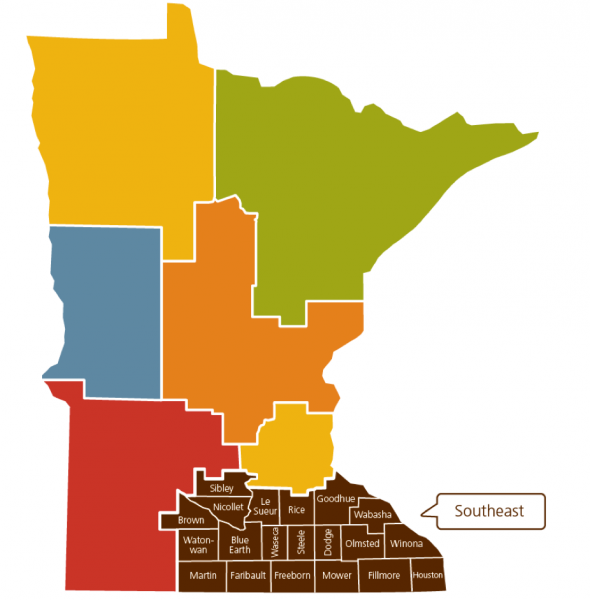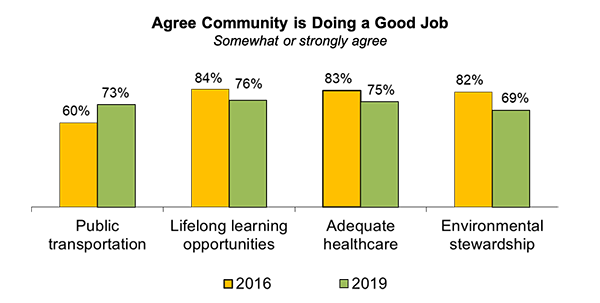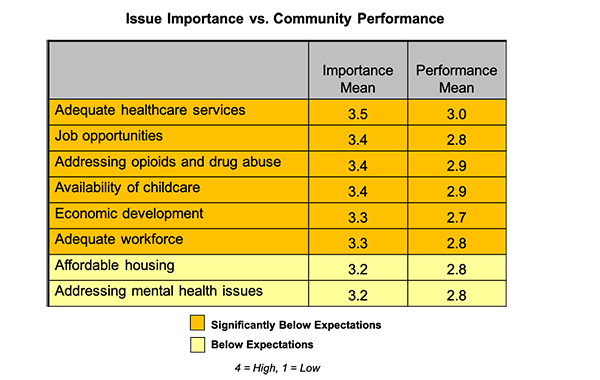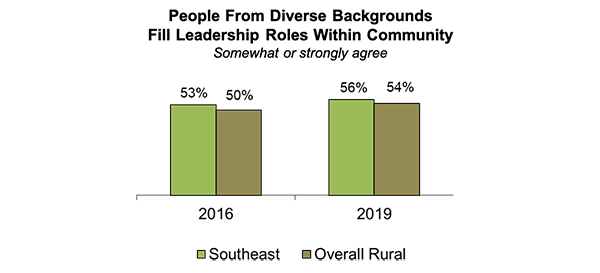 Image: Nate Howard Photography
Image: Nate Howard Photography
Southeast
Rural Pulse™ Snapshot: Southeast Minnesota
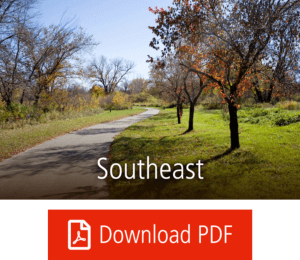 Rural Pulse™ is a research study commissioned by the Grand Rapids-based Blandin Foundation to gain a real-time snapshot of the concerns, perceptions and priorities of rural Minnesota residents. This initiative was last conducted in 2016 and has served to identify trends within significant, complex subject areas including the economy, education, employment and quality of life.
Rural Pulse™ is a research study commissioned by the Grand Rapids-based Blandin Foundation to gain a real-time snapshot of the concerns, perceptions and priorities of rural Minnesota residents. This initiative was last conducted in 2016 and has served to identify trends within significant, complex subject areas including the economy, education, employment and quality of life.
In completing this comprehensive research study, 1,068 telephone interviews were conducted with rural Minnesotans. The full report can be found at www.RuralPulse.org. To provide a localized perspective, study findings for Southeast Minnesota are included in the following pages and contrasted with overall rural Minnesota responses. Intended to serve as a regional snapshot against full study observations, data reflects a statistical reliability of +/- 6 percent at the 95 percent confidence level. Also, please note that results within regional reports do not include communities of 35,000+; these cities are grouped within metro Minnesota findings – see full report for more information.
Collaboration and Contribution
Some four in five residents (78%) in Southeast Minnesota feel they can make a positive impact on their local community, and feel residents work together effectively.
Community Performance
Southeast residents were most likely to agree that their community performed well in crime control, caring for the elderly, infrastructure, lifelong learning opportunities and healthcare. They were less likely to agree that their area did well in providing cultural/arts opportunities, addressing mental health, drugs and availability of childcare.
Southeast residents’ perceptions of community performance has improved since 2016 study findings regarding providing public transportation for all, including the disabled. Areas that saw a decline in perceived performance included lifelong learning opportunities, healthcare and environmental stewardship.
When comparing issue significance and satisfaction, Southeast Minnesotans felt their communities are underperforming in several key areas, most specifically: providing adequate healthcare, job opportunities, addressing drug abuse, availability of childcare, economic development and offering an adequate workforce for businesses.
Rural Voice
A third of residents in Southeast Minnesota did not believe the needs of rural communities are important to policymakers, as compared to metro areas – similar to 2016.
Critical Issues
The most critical issues to address in the Southeast region were said to be jobs, healthcare, economic development, crime, infrastructure and workforce adequacy.
Most Critical Issues
| Southeast | Overall Rural | |
| 1 | Jobs | Jobs |
| 2 | Healthcare | Healthcare |
| 3 | Economic development | Opioids and drug abuse |
| 4 | Crime | Economic development |
| 5 | (tie) Good infrastructure Workforce | Mental health issues |
Economic Concerns Linger, But Show Improvement
Rural Minnesotans continue to experience an evolving economy. In the Southeast, 21 percent feel the local economy has improved within the past year – a decrease of 13 percent.
Confidence that there are adequate jobs that pay living wages has increased. There is a slight growth in confidence that economic development is being promoted well. Only 65 percent feel there is an adequate workforce available for local businesses.
Impact of the Economy
More than one in four said that their household income has increased over the past year – down from 2016; about one in 10 experienced a job loss within the household.
Migration
Fifteen percent said that they did not expect to live in their same community five years from now. Twelve percent have considered moving to a metropolitan area – a decrease from 2016 study findings. Those who have considered a move said that the search for job opportunities was a motivating factor for considering relocation.
Leadership
Nearly six in 10 said they have served in a leadership capacity. A third who have not said that they would definitely consider serving in leadership if asked. There was a belief by 56 percent that people from diverse backgrounds fill leadership roles.
Inclusion
Forty-five percent of residents in Southeast Minnesota said that they have at least some close friends of a different race or culture.
Southeast residents were most likely to feel the groups that experience bias, discrimination or harassment within their community include those with drug or mental health issues, transgender individuals, recent immigrants, African Americans and gays and lesbians.
Groups Most Believed to Experience Bias, Discrimination or Harassment Within Their Community
| Southeast | |
| 1 | Those with drug or mental health issues |
| 2 | Transgender people |
| 3 | Recent immigrants |
| 4 | African Americans |
| 5 | Gays and lesbians |
Multiple Responses Allowed
Eight in 10 (82%) Southeast Minnesotans believed people in their community are able to stand up to hatred and discrimination.
Optimism Exists
Overall, 78 percent of Southeast region residents were optimistic about their community’s future.
